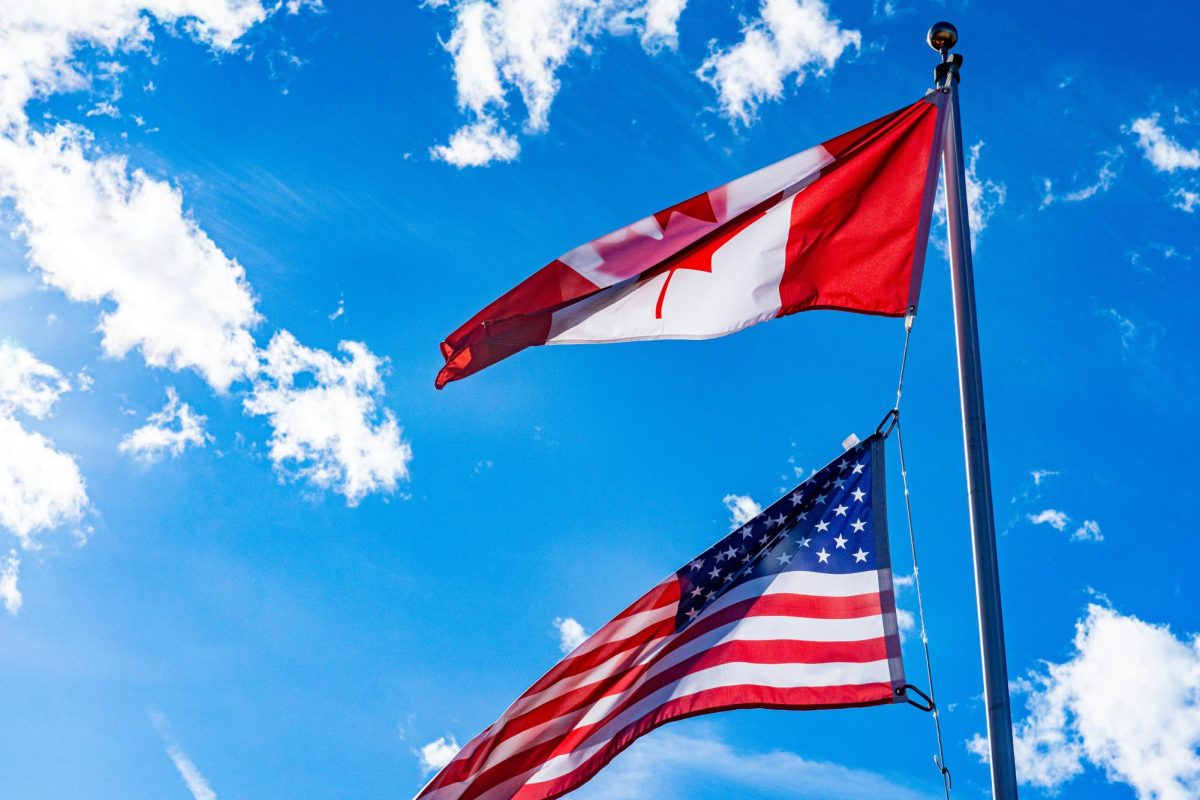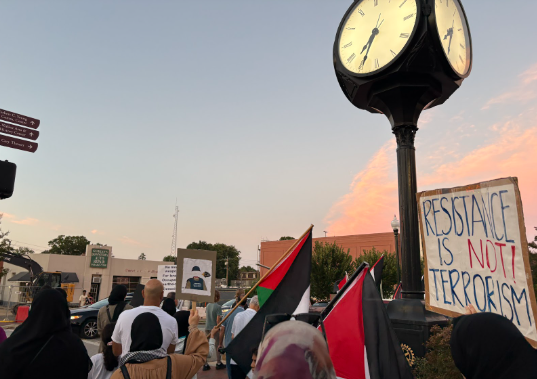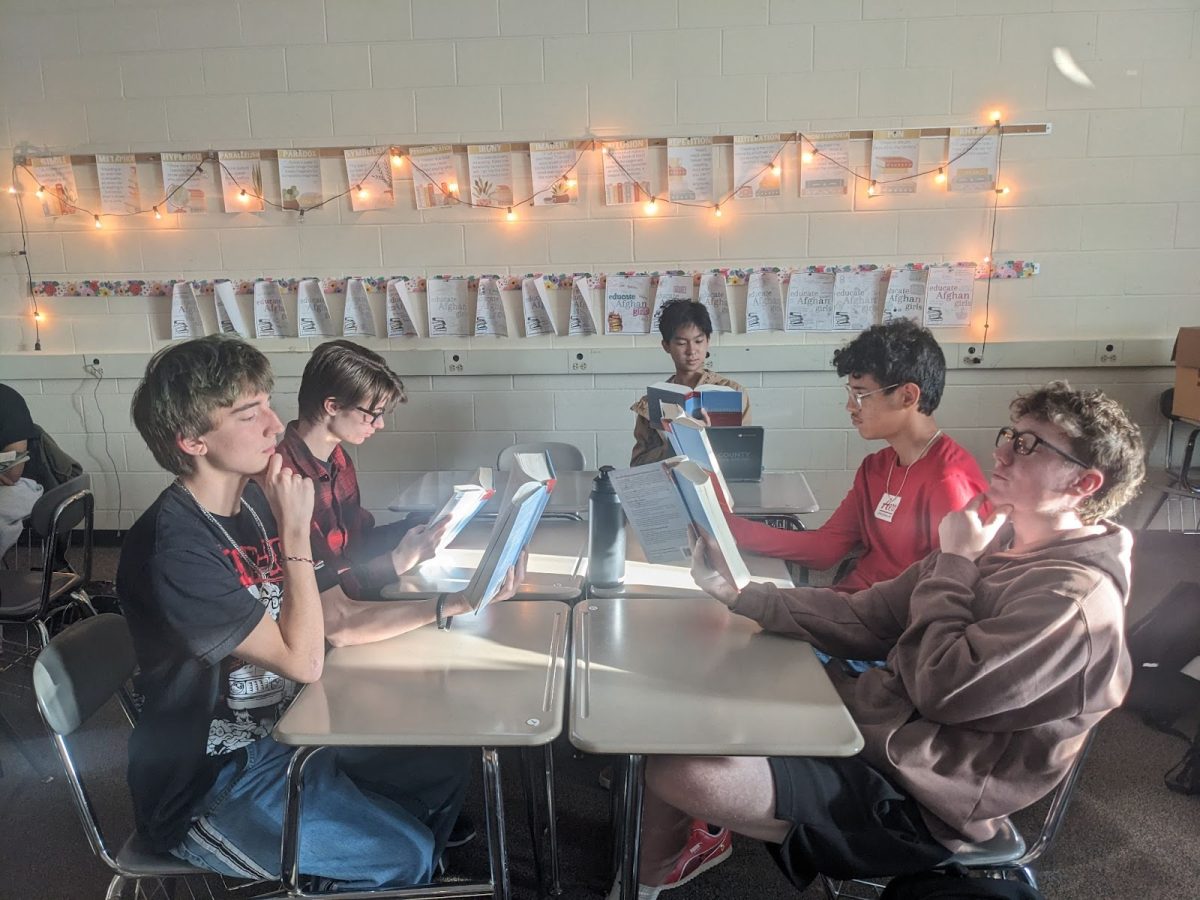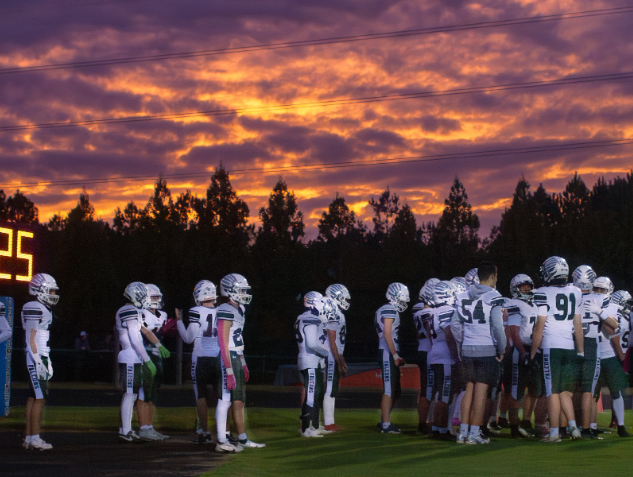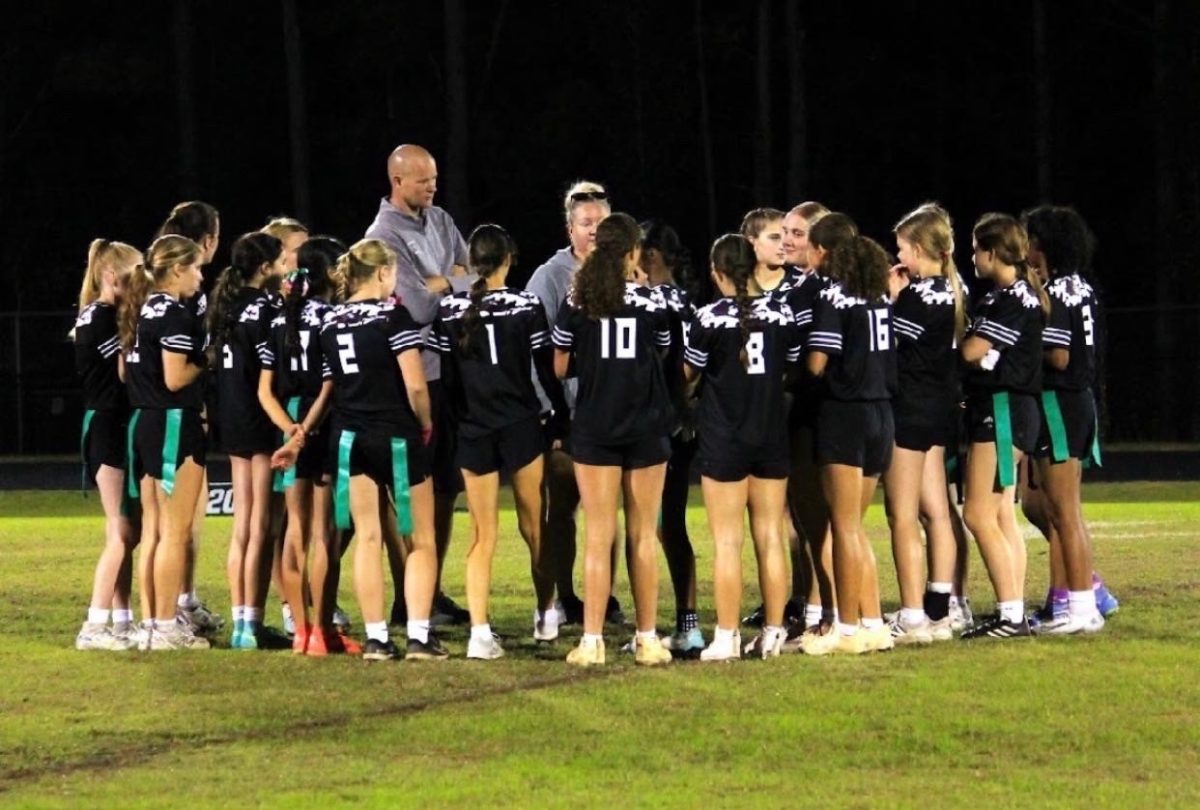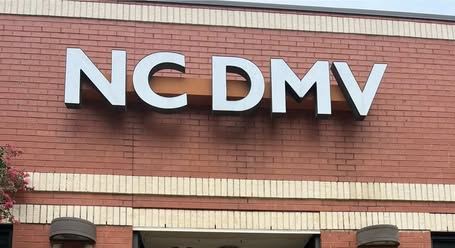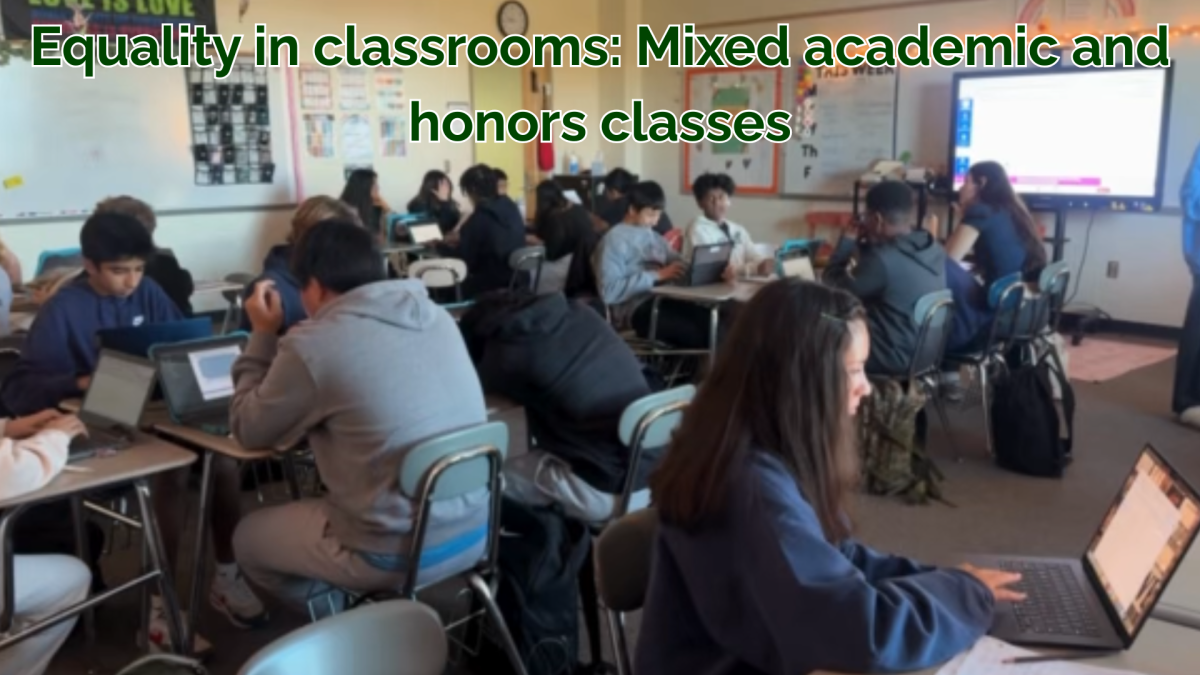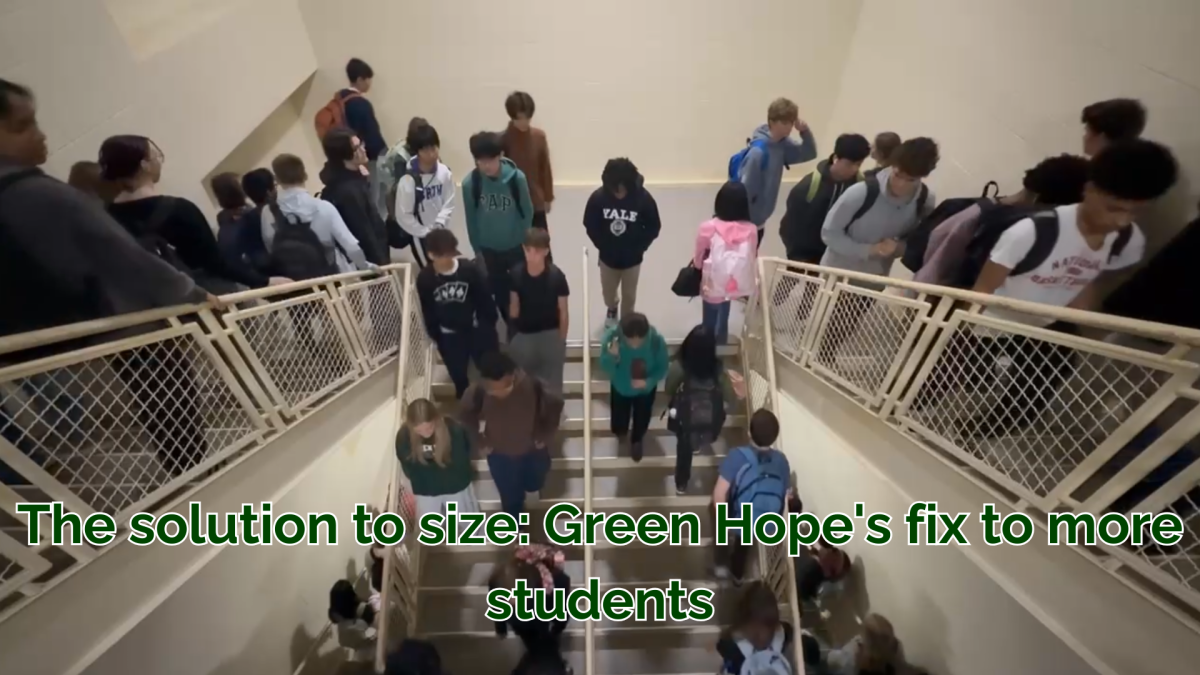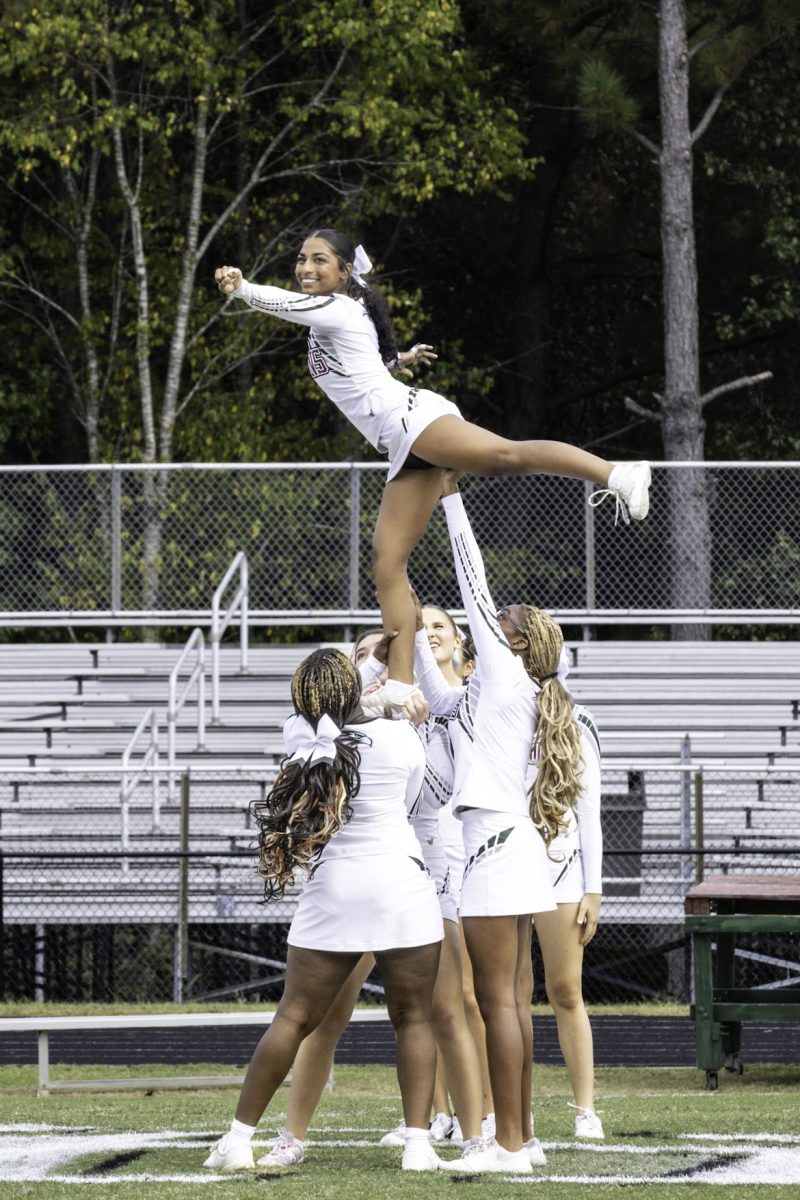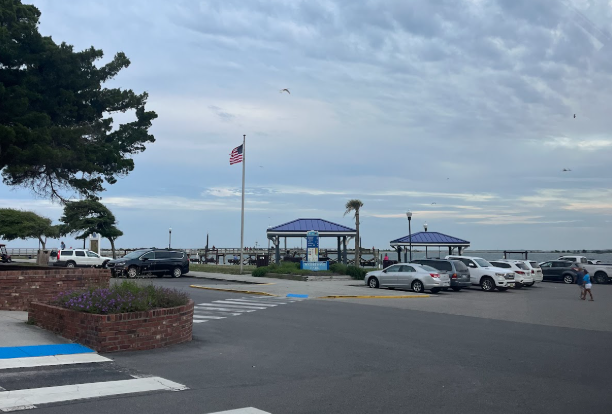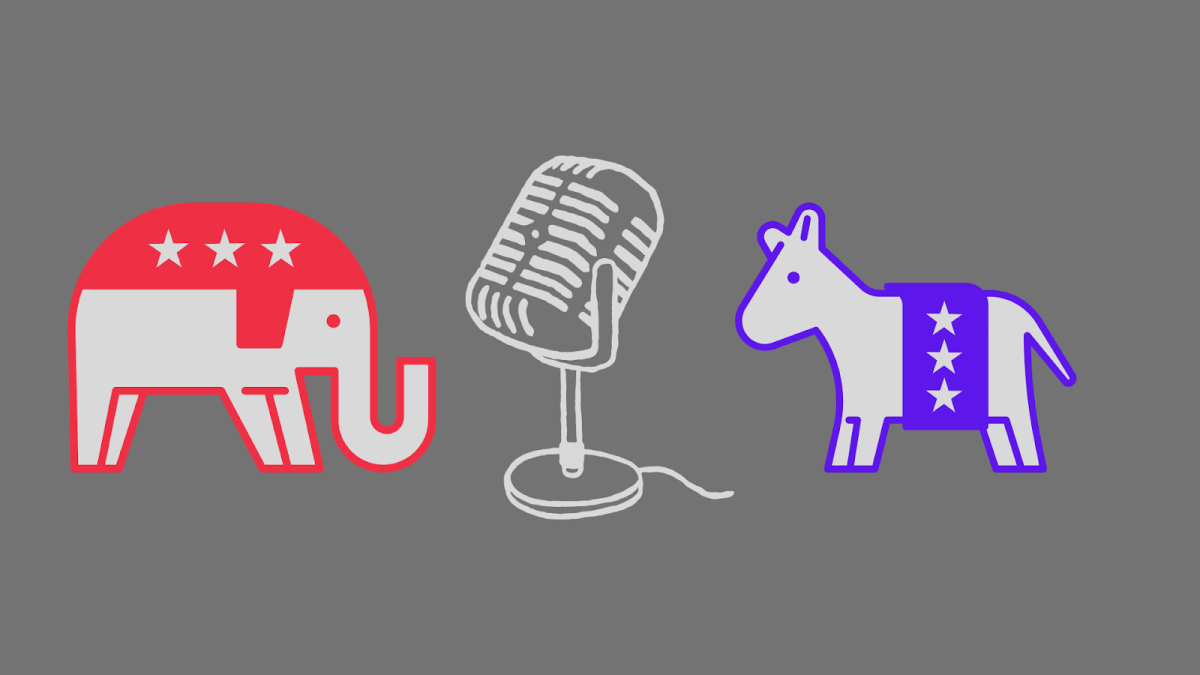“I pledge Allegiance to the flag of the United States of America, and to the Republic for which it stands, one nation under God, indivisible, with Liberty and Justice for all.”
For generations, students across America have begun their day by standing, placing their right hand over their heart and reciting the Pledge of Allegiance, a way to take pride in America and celebrate the men and women who have served our country and fought for our freedom.
Over the years, more and more students have chosen to stay seated during the pledge. This could be due to several reasons, including religious beliefs, silent protest or even disapproval of military involvement. The First Amendment protects the right to freedom of speech and expression, encompassing the right to stay seated during the Pledge of Allegiance if students don’t feel obligated to stand.
Green Hope teacher Kaylee Jacobs shared her opinions on the Pledge of Allegiance: “I think it’s important that you know what the meaning behind the Pledge is, because if you’re standing for something and you’re saying it without meaning, it loses its purpose.”
Many are unaware of the origin of the Pledge and how it has developed and changed over time. The Pledge of Allegiance was written in 1892 by Francis Bellamy. The official program for the National Public Schools Celebration of Columbus Day first brought it widespread attention. This program was printed in The Youth’s Companion on Sept. 8, 1892, and also distributed to schools nationwide as a leaflet.
The original words of the pledge read: I pledge allegiance to my Flag and the Republic for which it stands, one nation, indivisible, with liberty and justice for all.
“The flag of the United States” replaced the words “my Flag” in 1923.
In 1924, “of America” was added after “United States.”
The Pledge of Allegiance was formally recognized by the U.S. Congress when it was included in the U.S. Flag Code on June 22, 1942. Its official name, “The Pledge of Allegiance,” was adopted in 1945. The language was last updated on Flag Day in 1954, when Congress added the phrase “under God” after “one nation.”
Since then, discussion has arisen on whether the words of the Pledge reflect America today. Ms. Jacobs shares, “I think they reflect the ideas that America wants to portray. I think that it’s still very much what the American dream idealizes. I don’t know if it’s a reality for every American, but I know that it’s definitely what America wishes it was.”
Many Americans believe the Pledge should be optional due to its controversy. Ms. Jacobs stated, “I feel like it should be optional. I feel like it’s one of those things where it has religion on it and we have this whole idea that religion should be separate from schools, so making it required infringes on those students’ rights.”
A 1943 Supreme Court decision (West Virginia State Board of Education v. Barnette, 319 U.S. 624, 1943) found that it violated First Amendment rights to require students to stand and recite the pledge. Most states have made it optional to recite the Pledge, while others have passed laws to require students to say the Pledge, with certain exceptions.
Requiring parental or legal guardian consent for students to opt out of the Pledge of Allegiance each school year is the current standard in states like Texas, Florida, Pennsylvania and Utah. Conversely, Nebraska, Wyoming, Vermont and Hawaii do not have a state law requiring the pledge to be recited. The other 42 states make it optional for students.
It is clear, however, that American pride has continued to decrease throughout the years, with many protesting against the government and what America stands for. Many believe the Pledge of Allegiance strengthens national unity and core American values, while others don’t support what America claims to stand for at all.
Today, the Pledge of Allegiance remains a powerful, yet controversial symbol of American identity. For some, it represents unity, patriotism and respect for the United States. For others, it raises questions about freedom of expression, religion and the meaning of true loyalty to the nation. The ongoing debate surrounding the Pledge reflects the very principles it stands for: liberty and justice for all, by allowing citizens to voice differing beliefs in pursuit of a more inclusive understanding of what it means to be American.

